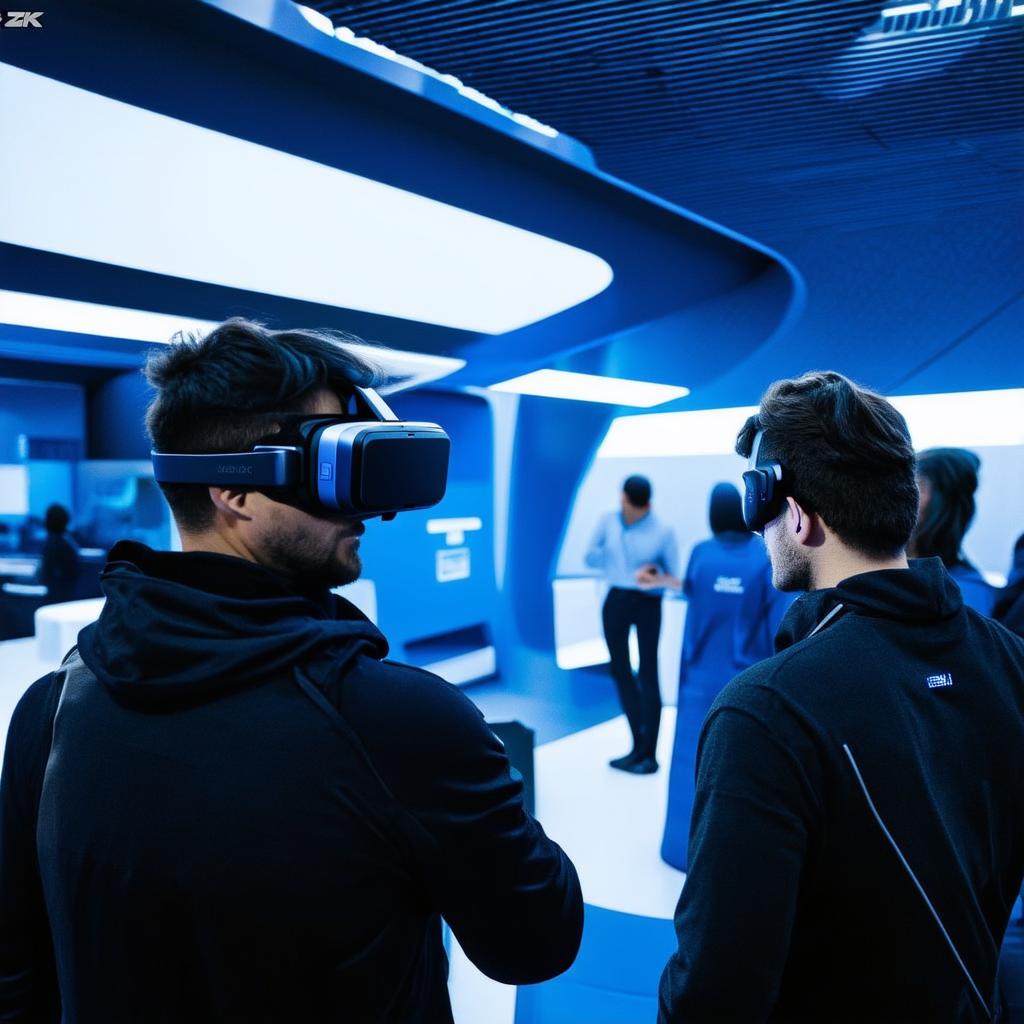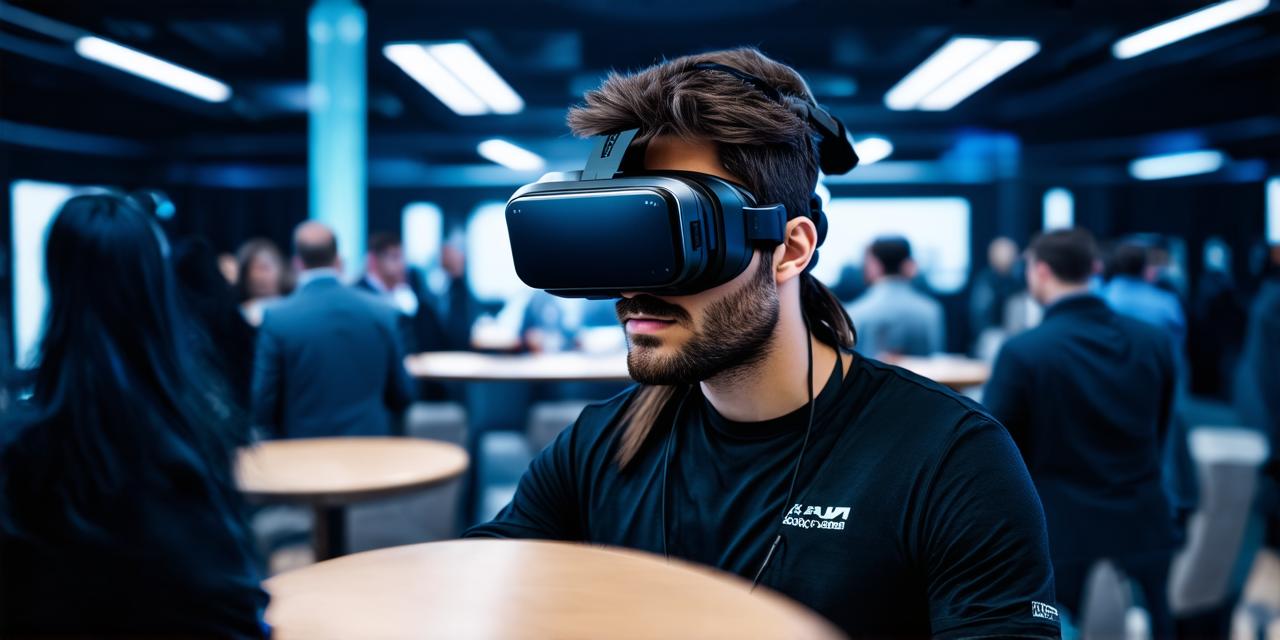Virtual reality (VR) technology has been advancing rapidly in recent years, with new applications emerging in various industries. In this article, we will explore some of the ways that virtual reality can be used to enhance and transform our experiences.

1. Training and simulation
One of the most well-known uses of virtual reality is in training and simulation. Virtual reality allows individuals to practice skills and perform tasks in a safe and controlled environment, without risking injury or damage to equipment. For example, pilots can use VR simulations to practice flying, doctors can use VR simulations to practice surgeries, and military personnel can use VR simulations to practice combat scenarios.
2. Education and learning
Virtual reality can also be used in education and learning to create immersive and interactive experiences that help students engage with complex concepts. For example, virtual field trips can take students on tours of historical sites or museums, while virtual labs can allow them to conduct experiments and explore scientific phenomena.
3. Entertainment and gaming
Virtual reality is also widely used in entertainment and gaming, where it allows users to immerse themselves in a completely different world and interact with characters and objects in new ways. Virtual reality games can be played on a variety of devices, including headsets, smartphones, and gaming consoles.
4. Design and architecture
Virtual reality can also be used in design and architecture to create realistic 3D models and visualizations that allow architects and designers to see how their creations will look and function in the real world. This can help them make more informed decisions about design choices and reduce the need for costly physical prototypes.
5. Health and therapy
Virtual reality can be used in health and therapy to create immersive and engaging experiences that can help individuals with various conditions, such as anxiety, depression, and PTSD. For example, virtual reality exposure therapy can be used to treat phobias and anxiety disorders, while virtual reality physical therapy can be used to help patients recover from injuries.
In conclusion, virtual reality technology has a wide range of applications across various industries. From training and simulation to education, entertainment, design, and health, virtual reality is transforming the way we experience and interact with the world around us. As VR technology continues to advance, it is likely that we will see even more innovative uses of virtual reality in the future.
